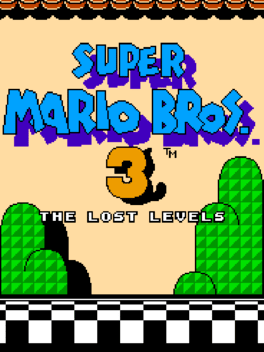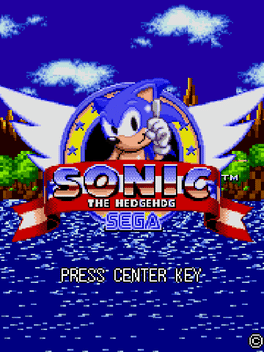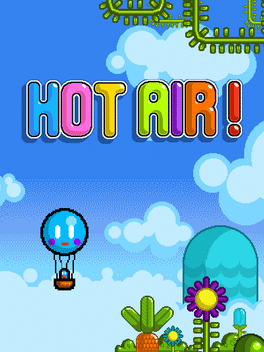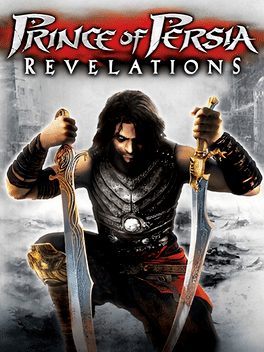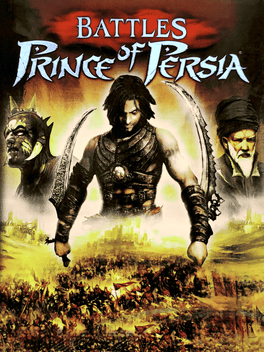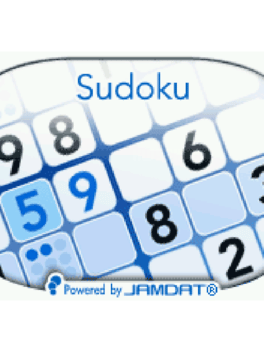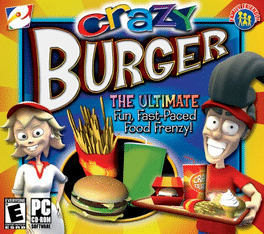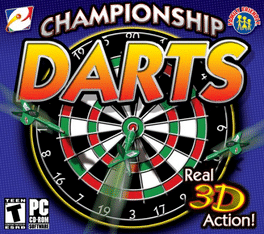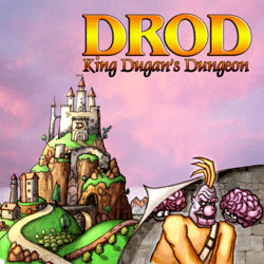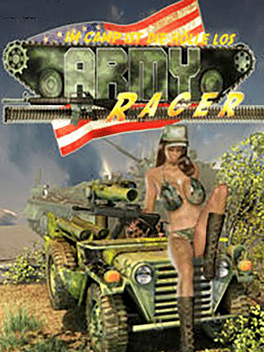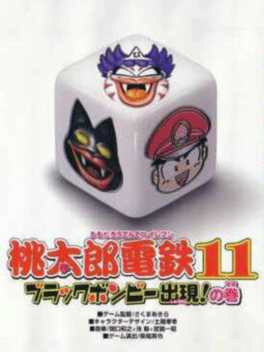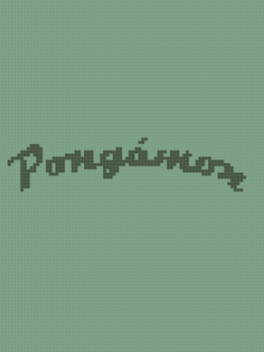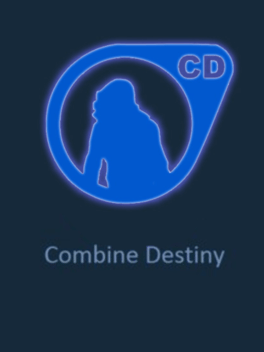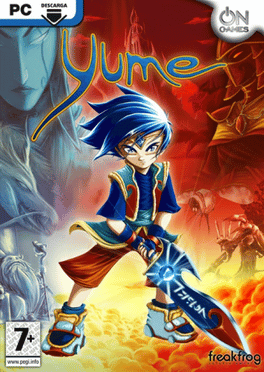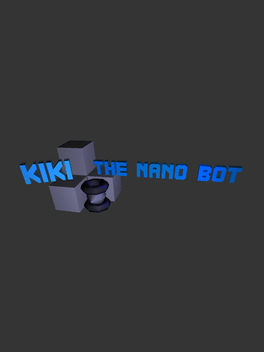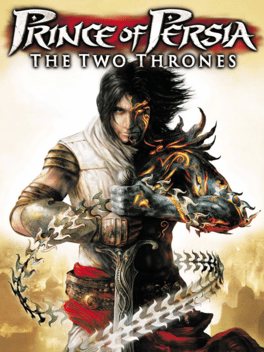New Games - Page 10345
-
Super Mario Bros. 3: The Lost Levels
2005
Super Mario Bros. 3: The Lost Levels is a rom hack that implements all of the unused levels in Super Mario Bros. 3 into the game. -
Sonic the Hedgehog
2005
Sonic the Hedgehog
2005
Sonic the Hedgehog is a mobile phone game released for i-mode 90x and EZweb (BREW 3.1) devices through the Sonic Cafe portal. This game is basically a port of the Mega Drive version of Sonic the Hedgehog -
Hot Air
2005
-
Prince of Persia: Revelations
2005
star 5.9Prince of Persia: Revelations is the PSP port of Prince of Persia: Warrior Within. The port featured a some bonus content including bonus levels and some extra artwork unlocked in those. The rest of the levels and gameplay is pretty identical to Prince of Persia: Warrior Within with minor to no differences. The game also has considerably lower quality of both graphics and textures thanks to the memory limitations of the PSP. -
Battles of Prince of Persia
2005
star 5.2Battles of Prince of Persia is the first game in the Prince of Persia franchise to make its way onto the Nintendo DS. The storyline takes place in the time between the Prince of Persia: The Sands of Time and Prince of Persia: The Two Thrones. Unlike other entries, this game is about tactical combat, as you must control armies using the Prince, and a number of generals, via playable trading cards. There are nine different playable characters, 27 different units to control, and three different factions. Multiplayer is available for competition, with one copy of the cartridge capable of being shared among multiple players. -
Sudoku: Powered by Jamdat
2005
Sudoku is a puzzle game. The aim of the puzzle is to enter a number from 1 trough 9 in each cell of a 9x9 grid made of 3x3 sub grids, starting with some digits given in some cells; each row, column and region must contain only one instance of each numeral. -
Nigepico
2005
Nigepico
2005
The first game released by Gotmail. The player must escape a hair salon after falling asleep. -
Crazy Burger
2005
-
Championship Darts
2005
-
Deadly Rooms of Death: King Dugan's Dungeon
2005
Turn-based puzzle dungeon delve. Control Beethro as he tries to get out of the dungeon with his trusty sword, bypassing traps and slaying monsters. -
Army Racer
2005
Army Racer
2005
Army Racer is an action-oriented racing game where the courses are set on an abandoned army base. The player takes control of one of 30 comics characters and starts his way to the top. The main motivational factor of the game is the tuning garage because every successful race brings money that can be reinvested into better gear or a different look. When the player has enough money he also can buy a new car, with a selection of twenty in total. There are also slight RPG elements because the character's stats improve with every success (the opponent's too). There are three playing modes: time races, checkpoint races and regular races. -
Hammer & Sickle
2005
Hammer & Sickle
2005
star 5.7Hammer & Sickle is a turn-based strategy game with role playing elements that uses the Silent Storm engine and universe. The year is 1949, with the Cold War between the US and Soviet Union looming and both sides uneasy at the thought of an atomic war occurring. The player takes the role of a Soviet commando on an undercover mission to meet a contact in Allied-occupied Germany. However, things go badly for this meeting, leaving the protagonist without proper support, equipment, and identification papers. Behind Allied-occupied lines, the player must attempt to stop a rogue third party intent on initiating World War III between the US and Russia. Players can choose to start with one of 6 player classes: Soldier, Grenadier, Scout, Sniper, Medic, and Engineer. Additionally, there are opportunities throughout the game to recruit additional characters to round out the party's abilities. The game itself features a branching plot where the player's actions and dealings with NPC's can have serious consequences later on. Fo -
Five Lethal Demons
2005
Five Lethal Demons
2005
Five Lethal Demons is a free 2D point-and-click adventure. You play the role of Helga who likes bloody and violent games. Therefore she hires a team to develop such game to her liking. -
Pongémon
2005
-
Combine Destiny
2005
Combine Destiny
2005
Rebels have made a base at the top of a mountain near a town called Coonersville. The Combine decided to send Headcrab canisters into the town instead of trying a normal assault and possibly wasting Combine lives and resources. After a suitable period of time to allow the Headcrabs to do their work, a sweeper team is sent in to secure the town and capture the base. -
Yume
2005
Yume
2005
Yume on PC is a side-scrolling action/platformer where you play as young Yin, trapped in the world of dreams. Armed with a sword and a mysterious stone, he will have to face hordes of enemies to find the key to the mystery of this decidedly unwelcoming world. -
Kiki the Nano Bot
2005
Kiki the Nano Bot
2005
kiki the nano bot is a 3-D puzzle game, basically a mixture of the games Sokoban and Kula-World. -
Prince of Persia: The Two Thrones
2005
In the mobile version of the last game in the trilogy, the Prince returns to Babylon after the events of the previous game, only to find out that a vizier has taken his throne. This new ruler has captured the Babylonian women. You need to set them free and defeat the vizier at the same time. Exposure to the sands of time, however, has awakened an evil presence inside the Prince, which manifests itself as the Dark Prince. During the game, you will often morph into the other presence, whose only goal it to reclaim the throne, the populace be damned. -
Congestion 1024
2005
Congestion 1024
2005
Congestion 1024 is a 2005 megawad for Doom II. All maps are designed so that the playing area fits entirely within a 1024×1024-sized area. Authors were allowed to define sectors outside of this area for the purposes of gameplay, detail, and scenery, as long as they are not reachable. MAP01 and MAP19, however, include accessible areas outside of the 1024×1024 boundary. This project was influenced by the Exquisite Corpse community WAD.

